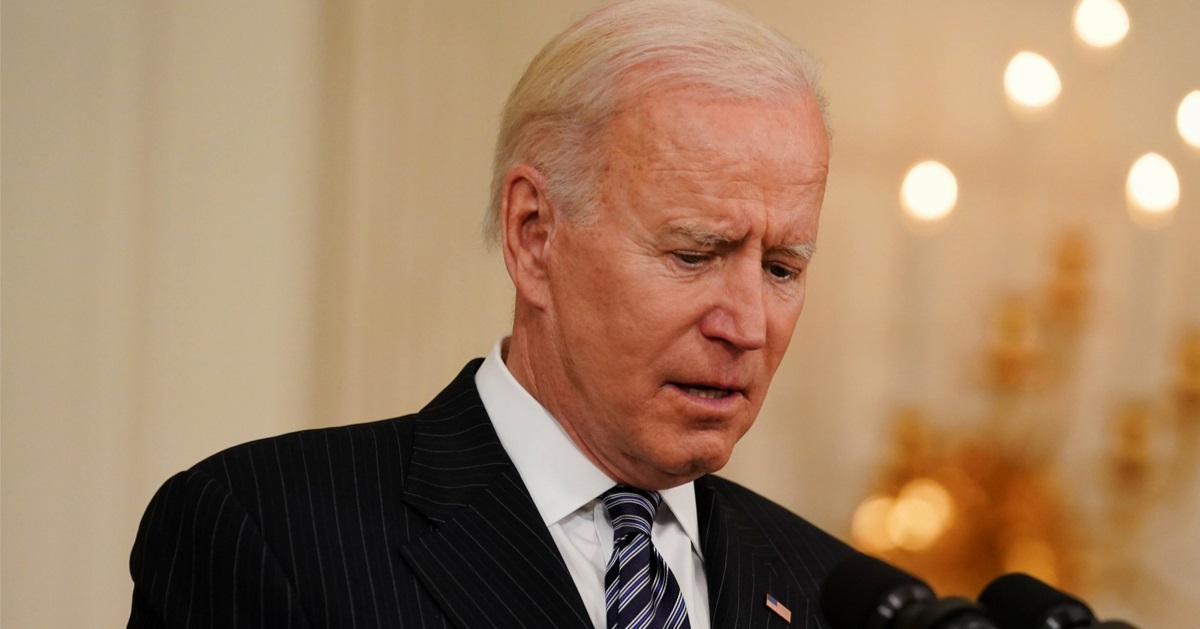Art world rebel, Alfred Leslie, dies of COVID-19 complications at age 95
The art world was saddened Friday to learn that filmmaker and artist Alfred Leslie, who spearheaded something of a renaissance for figurative painting during a time when abstract works held sway, died at the age of 95, as the New York Times reported.
Leslie's death was confirmed by his son, Anthony, and was attributed to complications related to COVID-19.
Abstract beginnings
Born in the Bronx to German immigrant parents, Leslie began to make a name for himself in the New York art scene in the early 1950s, when he was part of an up-and-coming cadre of artists including Milton Resnick, Grace Hartigan, and Joan Mitchell.
In response to Leslie's first solo exhibition, renowned critic Fairfield Porter characterized his works as “fresh, romantic, reckless expressionism” that stood head and shoulders above the competition.
Building on that success, Leslie sent on to participate in two of the era's most noteworthy exhibitions, namely, the “New Talent” show and the “Ninth Street Show,” cementing his position in the so-called “New York School” and bringing him additional name recognition in the fine arts scene.
His works were subsequently included in the “Sixteen Americans” show assembled by famed curator Dorothy C. Miller, appearing alongside pieces by notable artists such as Robert Rauschenberg, Frank Stella, and Jasper Johns.
Figurative revival
Despite his success breaking into the world of abstract stardom, Leslie began to feel frustration with what he felt were the narrow bounds of the genre and the complete absence of figurative representation it required.
Explaining the underpinnings of the style transition he ultimately underwent, Leslie told Art in America back in 2016, “The virtual banishment of figuration and narrative from the vocabulary of so many thoughtful artists was one of the legacies of the modernists, who handed them over to photography in all its forms. I never accepted this.”
As such, it was in 1962 that Leslie created a group of large-format portraits rendered in gray and white – a technique known in the art world as “grisaille,” making his mark on the industry in an entirely different and rebellious sort of way.
“I thought the figure and the painting of a portrait was the most discredited thing in the art world, and if I could tackle something that was wholly discredited and show that there was some tiny glimpse of value in it while making beautiful work, this would be a wonderful accomplishment.”
Prolific career
In addition to the aforementioned endeavors in abstract, and then figurative, art, Leslie was also a filmmaker of some renown, with his works including 1964's The Last Clean Shirt and The Cedar Bar from 2002.
Tragically, much of Leslie's body of work was destroyed in a catastrophic 1966 Manhattan building fire, which the artist himself described as “like a horror film. My whole studio burst into flames. I stood on the street and saw my paintings burning through the windows.”
Leslie did not abandon painting, however, subsequently producing a well-received series of narrative paintings and serving as the inspiration for a retrospective exhibition at the Museum of Fine Arts in Boston, the Hirshhorn Museum in Washington, and the Museum of Contemporary Art in Chicago.
In addition to a world of art lovers certain to remember his work well into the future, Leslie leaves behind partner, Nancy de Antonio, two sons, one daughter, and five grandchildren.






